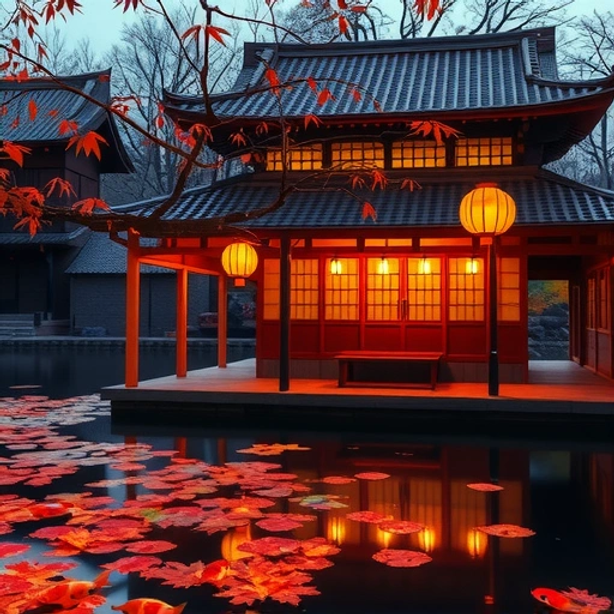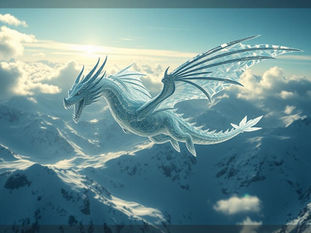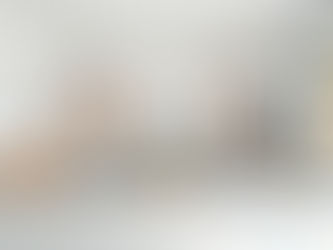
Simplify Midjourney Prompts: Your Essential Guide to Better AI Art
May 2
5 min read
0
2
0

Feeling a bit lost with all the options and commands in Midjourney? You're not alone. Whether you're just starting out or have been creating AI art for a while, knowing the right prompts and settings makes a big difference. This guide breaks down key Midjourney features and how to use them effectively. We will cover everything from checking your usage to mixing images.
Getting Started with Midjourney
First, you need an account on midjourney.com and a Discord account from discord.com. Once logged into Discord, find the Midjourney server (look for the sailing ship icon) and enter one of the "newbie" rooms to start generating.
Checking Your Usage
If you have a paid subscription, you can check how many images or minutes you have left for the month. Simply type:
`/info`
Hit return. Sometimes you might need to hit it twice. This command shows you details about your account and usage so you know where you stand.
Using Basic and Advanced Commands
The most fundamental command for creating images is `/imagine`.
`/imagine prompt`
After typing this, you'll see a prompt field where you can type your description of the image you want Midjourney to create.
The Relax Mode
There's a `/relax` command. This lets you generate images without using your monthly allowance, but it takes longer. This mode is only available for standard or corporate accounts.
Setting Up Your Defaults
The `/settings` command is really useful. Type:
`/settings`
This shows you various options you can set as a default. For instance, you can choose your preferred Midjourney version (V4 is current and recommended), base quality, style level, and whether you're in public or private mode (private requires extra payment). You can change these settings here so you don't have to type them separately every time.
Key Parameters to Influence Your Images
Parameters are options you add at the end of your prompt to adjust the image generation. You add them after your main text description, preceded by two hyphens (`--`).
Aspect Ratio (--ar)
This sets the width-to-height ratio of your image. For Midjourney Version 4, you can use `3:2` (landscape) or `2:3` (portrait).
Example prompt:
`imagine prompt yoda dancing with gizmo --ar 3:2`
Note the space between `--ar` and the numbers. If you want ratios like `16:9` or `9:16`, you need to use version 3 by adding `--v 3` at the end of your prompt, but V4 generally offers better image quality.
Chaos (--chaos or --c)
The chaos parameter influences how varied your initial grid of four images will be. The range is from 0 to 100. `0` gives you very similar images, while `100` gives you wildly different results based on your prompt.
Example prompt:
`imagine prompt yoda dancing with gizmo --chaos 100`
Using `--chaos 100` can produce images with very different styles and compositions from the same prompt.
Stylize (--stylize or --s)
This parameter affects how artistic your images are. For version 4, the range is typically from 0 to 1000. A higher value pushes the image style towards Midjourney's artistic training, potentially moving away from your exact prompt wording. The default with V4 is often around 500. Setting it to `1000` often increases detail and artistic flair.
Example prompt:
`imagine prompt yoda dancing with chewbacca --stylize 1000`
Adding Realism
You can add descriptive words to your prompt to influence the style. Terms like `hyper realistic`, `Unreal Engine 5`, `cinematic`, or `epic` can dramatically change the look and feel of the generated image, making it more detailed, dramatic, or photo-like.
Example prompt:
`imagine prompt yoda dancing with chewbacca hyper realistic unreal engine 5`
Experiment with different combinations of these terms to see how they affect your results.
Refining Your Images
Once you've generated the initial grid of four images, you have options to refine them. The images are numbered 1 through 4 in a Z-pattern (top left is 1, top right is 2, bottom left is 3, bottom right is 4).
Upscale (U Buttons)
Below your image grid, you'll see buttons like U1, U2, U3, U4. Clicking U followed by a number (e.g., `U2`) will upscale that specific image, creating a larger, more detailed version of it.
Variations (V Buttons)
You'll also see buttons like V1, V2, V3, V4. Clicking V followed by a number (e.g., `V2`) will create a new grid of four images, all based on the style and composition of the selected image. This is helpful for exploring different takes on a result you like without immediately upscaling.
Managing all these options and parameters can get complex, especially when trying to maintain consistency or apply multiple settings quickly. Tools designed for Midjourney automation can help streamline this process. Check out the TitanXT Midjourney Automation Suite to see how it can simplify applying settings and managing your generations.
Saving Your Favorite Settings
Typing the same parameters over and over is tedious. Midjourney lets you save groups of parameters under a short name.
Use the `/prefer option set` command.
`/prefer option set <name>`
After typing this, Midjourney will ask for the value. Here you type the parameters you want to save, like `--ar 3:2 --v 4 --stylize 1000 --chaos 50`. Give it a simple name, like `basic` or `landscape`.
Example:
`/prefer option set basic`
Enter value: `8k --ar 3:2 hyper realistic --v 4 --stylize 1000`
Now, when you create an image, you can just add `--basic` to your prompt, and it will automatically apply all those saved settings.
`imagine prompt female barbarian fighting trolls --basic`
This saves a lot of typing and helps you easily reuse parameter groups.
Remixing Images
Did you know you can blend two images together? This requires uploading your images to get their URLs and then using the remix function.
[H3]Uploading Images[/H2]
To upload an image, click the plus (+) icon next to the message bar and select "Upload a File". After uploading, hit enter. Click on the image to open it, then right-click (or long-press on mobile) and select "Copy Image Address" or "Copy Media Link" to get the URL.
Activating Remix Mode
To blend images, you need to turn on remix mode in your settings:
`/settings`
Look for the "Remix mode" button and click it to turn it on.
Blending Images
With remix mode active, use the `/imagine` command. Paste the URLs of the images you want to blend first, separated by a space, followed by your text prompt and any other parameters.
`imagine prompt [Image URL 1] [Image URL 2] your text description --parameters`
Example: Combining an image of Patrick Stewart with an image of Yoda and adding text to influence the result and using a saved option group.
`imagine prompt [Patrick Stewart URL] [Yoda URL] with Yoda ears green skin --people` (assuming `--people` is a saved option set like the example in the video)
This lets you creatively merge different visual sources, whether they are photos you upload or images Midjourney previously generated.
Mastering these commands and parameters is key to getting the most out of Midjourney. For an even smoother workflow, especially when managing multiple projects or complex settings, consider exploring the TitanXT Midjourney Automation Suite. It can automate repetitive tasks and help you keep track of your preferred styles and image references.
Conclusion
Midjourney offers many tools to control your image generation, from basic prompts to advanced parameters and image mixing. By understanding commands like `/info`, `/settings`, and parameters like `--ar`, `--chaos`, `--stylize`, you can go beyond simple descriptions and create truly unique images. Saving preferred settings with `/prefer option set` simplifies your workflow, and image remixing opens up new creative possibilities. The journey into AI art is ongoing, and learning these core functions is a solid step towards bringing your visual ideas to life.






